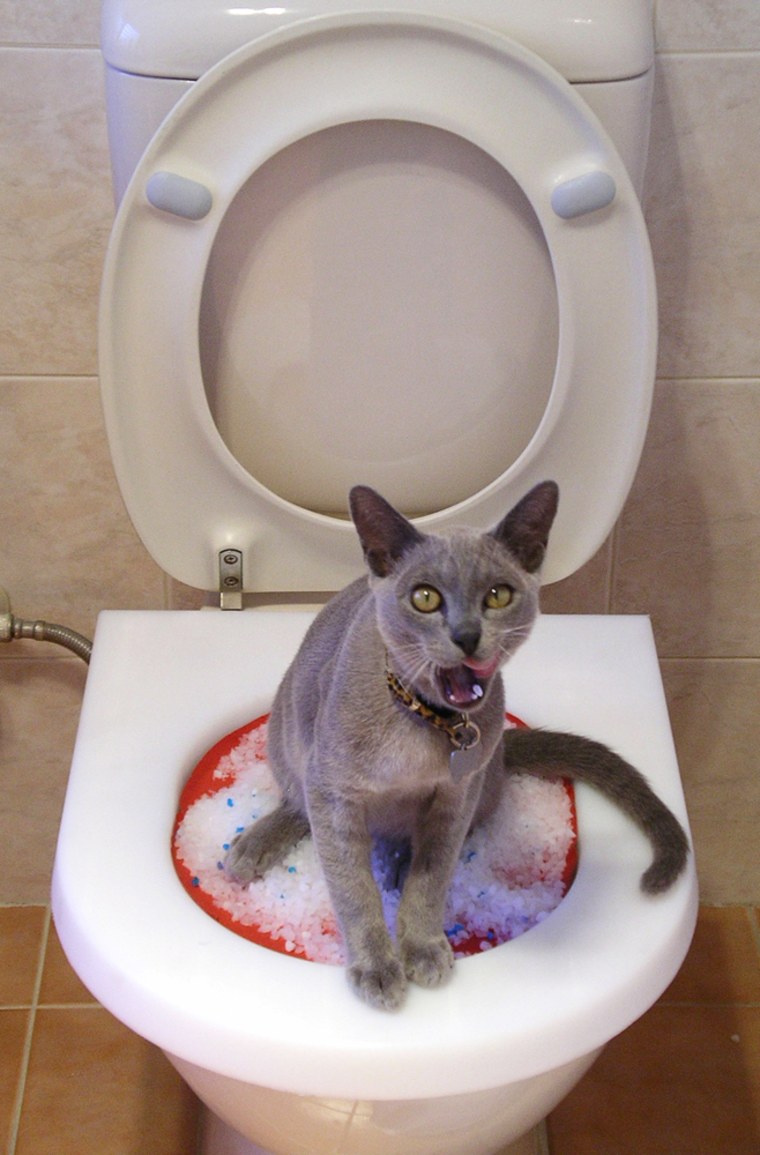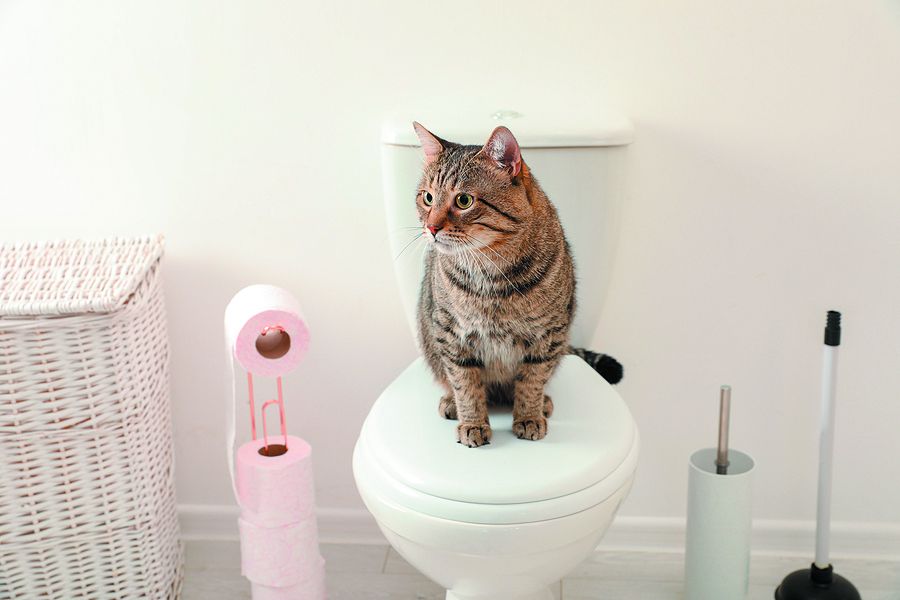Avoid Flush Cat Poop Down Your Toilet - Preserve Your House's Plumbing Integrity
Avoid Flush Cat Poop Down Your Toilet - Preserve Your House's Plumbing Integrity
Blog Article
Are you looking for guidance Don’t flush cat feces down the toilet?

Introduction
As pet cat owners, it's vital to be mindful of just how we throw away our feline pals' waste. While it might seem hassle-free to flush feline poop down the commode, this method can have destructive consequences for both the setting and human health.
Ecological Impact
Flushing feline poop presents hazardous virus and parasites into the water, posing a substantial danger to water ecological communities. These pollutants can adversely impact aquatic life and concession water quality.
Health and wellness Risks
Along with environmental concerns, flushing feline waste can likewise present health risks to people. Pet cat feces might include Toxoplasma gondii, a bloodsucker that can create toxoplasmosis-- a possibly severe health problem, specifically for pregnant women and individuals with weakened body immune systems.
Alternatives to Flushing
The good news is, there are more secure and more responsible methods to throw away pet cat poop. Take into consideration the complying with options:
1. Scoop and Dispose in Trash
One of the most typical approach of taking care of pet cat poop is to scoop it right into a biodegradable bag and throw it in the trash. Be sure to use a committed litter scoop and throw away the waste immediately.
2. Usage Biodegradable Litter
Go with naturally degradable pet cat litter made from materials such as corn or wheat. These trashes are environmentally friendly and can be safely gotten rid of in the garbage.
3. Bury in the Yard
If you have a backyard, consider burying cat waste in a marked area far from veggie gardens and water sources. Be sure to dig deep enough to prevent contamination of groundwater.
4. Set Up a Pet Waste Disposal System
Purchase a family pet garbage disposal system especially designed for cat waste. These systems use enzymes to break down the waste, minimizing odor and environmental influence.
Verdict
Liable animal ownership extends beyond offering food and sanctuary-- it likewise entails appropriate waste management. By avoiding flushing feline poop down the toilet and selecting alternate disposal methods, we can decrease our environmental footprint and shield human health and wellness.
Why Can’t I Flush Cat Poop?
It Spreads a Parasite
Cats are frequently infected with a parasite called toxoplasma gondii. The parasite causes an infection called toxoplasmosis. It is usually harmless to cats. The parasite only uses cat poop as a host for its eggs. Otherwise, the cat’s immune system usually keeps the infection at low enough levels to maintain its own health. But it does not stop the develop of eggs. These eggs are tiny and surprisingly tough. They may survive for a year before they begin to grow. But that’s the problem.
Our wastewater system is not designed to deal with toxoplasmosis eggs. Instead, most eggs will flush from your toilet into sewers and wastewater management plants. After the sewage is treated for many other harmful things in it, it is typically released into local rivers, lakes, or oceans. Here, the toxoplasmosis eggs can find new hosts, including starfish, crabs, otters, and many other wildlife. For many, this is a significant risk to their health. Toxoplasmosis can also end up infecting water sources that are important for agriculture, which means our deer, pigs, and sheep can get infected too.
Is There Risk to Humans?
There can be a risk to human life from flushing cat poop down the toilet. If you do so, the parasites from your cat’s poop can end up in shellfish, game animals, or livestock. If this meat is then served raw or undercooked, the people who eat it can get sick.
In fact, according to the CDC, 40 million people in the United States are infected with toxoplasma gondii. They get it from exposure to infected seafood, or from some kind of cat poop contamination, like drinking from a stream that is contaminated or touching anything that has come into contact with cat poop. That includes just cleaning a cat litter box.
Most people who get infected with these parasites will not develop any symptoms. However, for pregnant women or for those with compromised immune systems, the parasite can cause severe health problems.
How to Handle Cat Poop
The best way to handle cat poop is actually to clean the box more often. The eggs that the parasite sheds will not become active until one to five days after the cat poops. That means that if you clean daily, you’re much less likely to come into direct contact with infectious eggs.
That said, always dispose of cat poop in the garbage and not down the toilet. Wash your hands before and after you clean the litter box, and bring the bag of poop right outside to your garbage bins.
https://trenchlesssolutionsusa.com/why-cant-i-flush-cat-poop/

I hope you liked our excerpt about Don’t flush cat feces down the toilet. Thanks a ton for finding the time to read through our short article. Sharing is caring. Helping people is fun. I treasure reading our article about How to Dispose of Cat Poop and Litter Without Plastic Bags.
Click Here Report this page